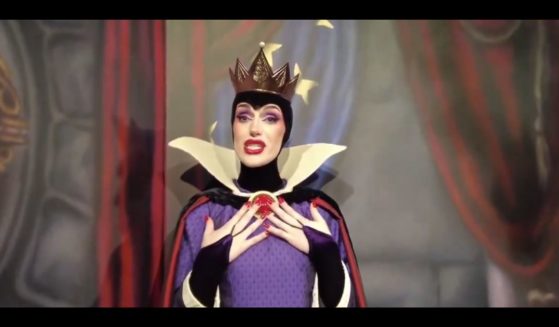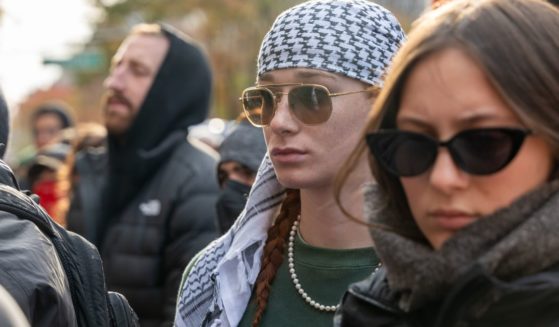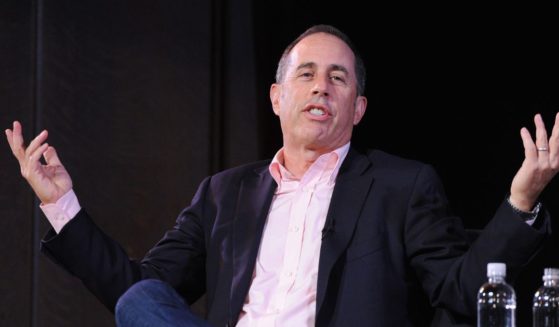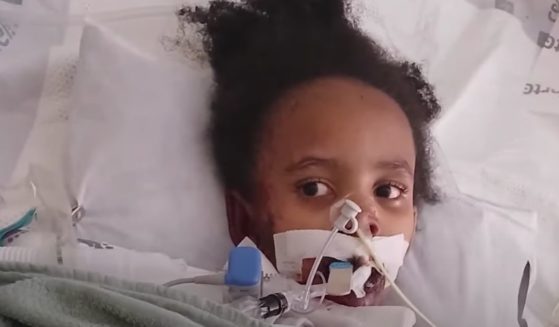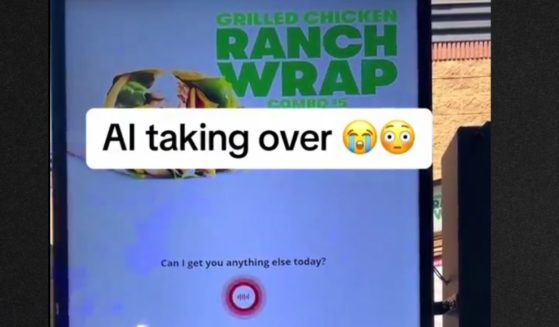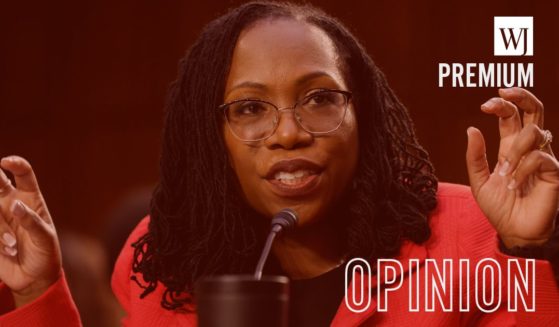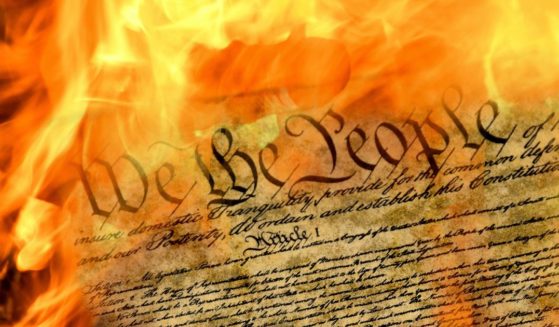CA May Make Massive Increase in Number of Dangerous Criminals Released into Communities
If you don’t need to be behind bars right now, you probably shouldn’t be. Jails and prisons are breeding grounds for COVID-19 — and while, under normal circumstances, punitive measures would be perfectly reasonable for someone who doesn’t represent any danger to the community, in this case they’re not the ones who need to stay behind bars.
The problem is that the whole “danger to the community” line is a very blurry one. It’s the kind of situation where federal, state and local officials need to pore over records — including inmates’ criminal history, whom they victimized and what their conduct has been behind bars.
It’s impossible for anyone to say where that blurry line is. I’ll say this much, though: Inasmuch as it exists, if you come up with an estimate of how many prisoners you’ll be releasing and then choose to release 70 percent more than that estimate, my guess is that you’re over that blurry line.
According to Fox News, California is apparently set to have released 17,600 prisoners because of the coronavirus pandemic, well more than it had originally planned to.
The Associated Press reported Thursday that the state overshot the original estimate by 70 percent. That revelation came in court documents in a lawsuit.
A representative of the California Department of Corrections and Rehabilitation told Fox News that “in total, 8,032 [inmates] have had their releases expedited and overall, we have reduced the total incarcerated population by more than 18,300 since March as a result of suspension of county jail intake, the expedited release” and people released in accordance with their sentences.
“We’re glad the governor is taking action to release more people,” Jay Johnson, executive director of Californians for Safety and Justice, said in a statement last month.
“This is absolutely critical for the health and safety of every Californian,” Johnson said. “Too many people are incarcerated for too long in facilities that spread poor health.”
Among the prisoners being released is 44-year-old Terebea Williams.
Williams was serving out an 84-years-to-life sentence because of the murder, carjacking and kidnapping of Kevin “John” Ruska Jr.
“I can’t understand why this is happening at all. … I always felt responsible for him. I’m the older sister,” Dena Love, Ruska’s sister, told KOVR-TV in Sacramento.
In February 1998, Williams took Ruska hostage at gunpoint and put him in the trunk of her car. Apparently unhappy with this arrangement as it was, she then shot Ruska in the abdomen and drove from Washington state to Davis, California.
Ruska was still alive when they got to Davis, so Williams tied him to a chair. She was generous enough to leave one of his legs free so he could potentially get people’s attention by stomping. This didn’t work, and he was dead by the time he was discovered.
Williams was convicted of the crime in 2001 and was sentenced to 84-to-life.
Now, 19 years later, she’ll be free.
“And for this to come down, for her to walk, I don’t even know why, to this day, why my son is dead,” Kevin Ruska Sr. told KOVR.
There’s no answer to that, mind you, but the state did say she was in a high-risk category. They declined to say what put her at such high risk.
So, how do you get from the original estimate of 10,400 to 17,600?
The original number dealt with 3,500 who were released to relieve overcrowded prisons and 6,900 who were deemed ready for release in July.
Now, adding on to that, “700 eligible offenders who have less than one-year to serve who reside within identified institutions that house large populations of high-risk patients” and “approximately 6,500 persons identified by the court-appointed Federal Receiver as medically high-risk for complications should they contract COVID-19” will potentially be released, the CDRC representative told Fox News.
However, 5,500 of the inmates could be potentially blocked by Corrections Secretary Ralph Diaz because most of those are serving life sentences.
Not everyone represents the same danger to the community that Williams does, but they don’t have to. At a time when we’re experiencing more than an uptick in lawlessness, putting more criminals out on the street has — not counterintuitively — led to more crime.
In New York City, roughly 2,500 inmates at Rikers Island were released due to the coronavirus. In late June, it was reported that 250 of these — one in 10 — had been rearrested, some multiple times.
Rikers Island, mind you, is a city jail. These are state prisons — where many are being released despite that whole life sentence thing.
“This is not a blanket release, the point-in-time numbers are just a step in the review process as the department works tirelessly to conduct these releases in a way that aligns public health and public safety,” the CDRC representative said.
By releasing a first-degree murderer? By scheduling a 5,500-strong cohort of individuals for release when many of them are serving life sentences?
There’s no alignment there.
No one wants to subject individuals to the potential of death. However, tragic though it may be, there’s a reason these individuals are still behind bars. I would venture quite a lot of them need to stay there.
Truth and Accuracy
We are committed to truth and accuracy in all of our journalism. Read our editorial standards.

